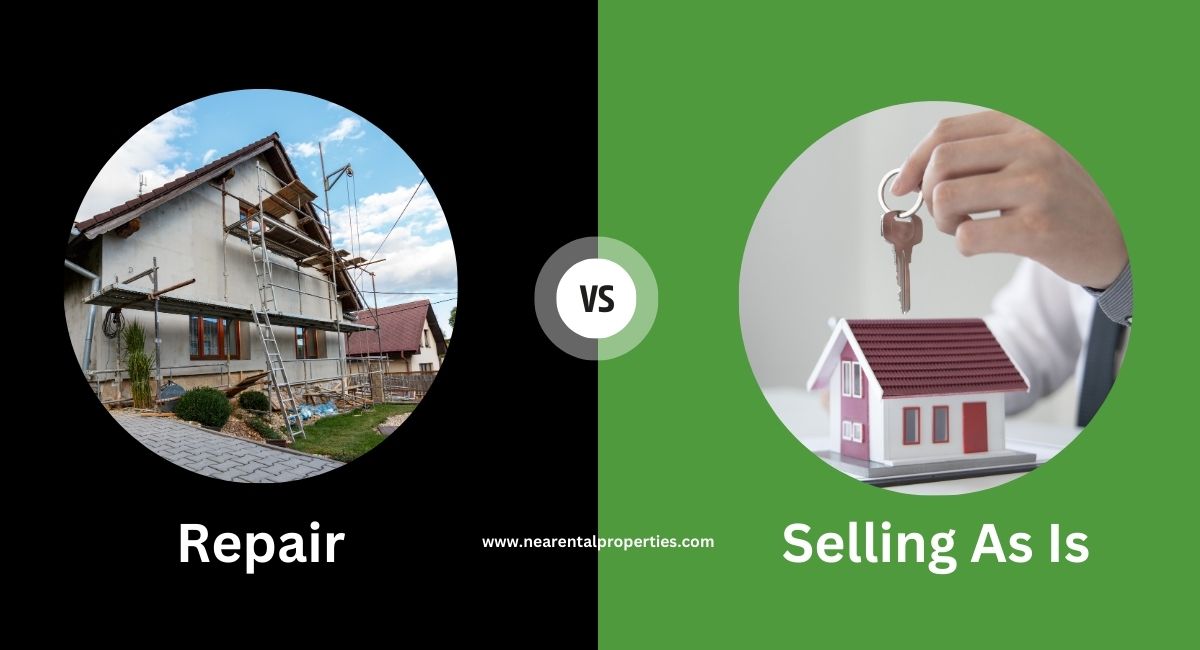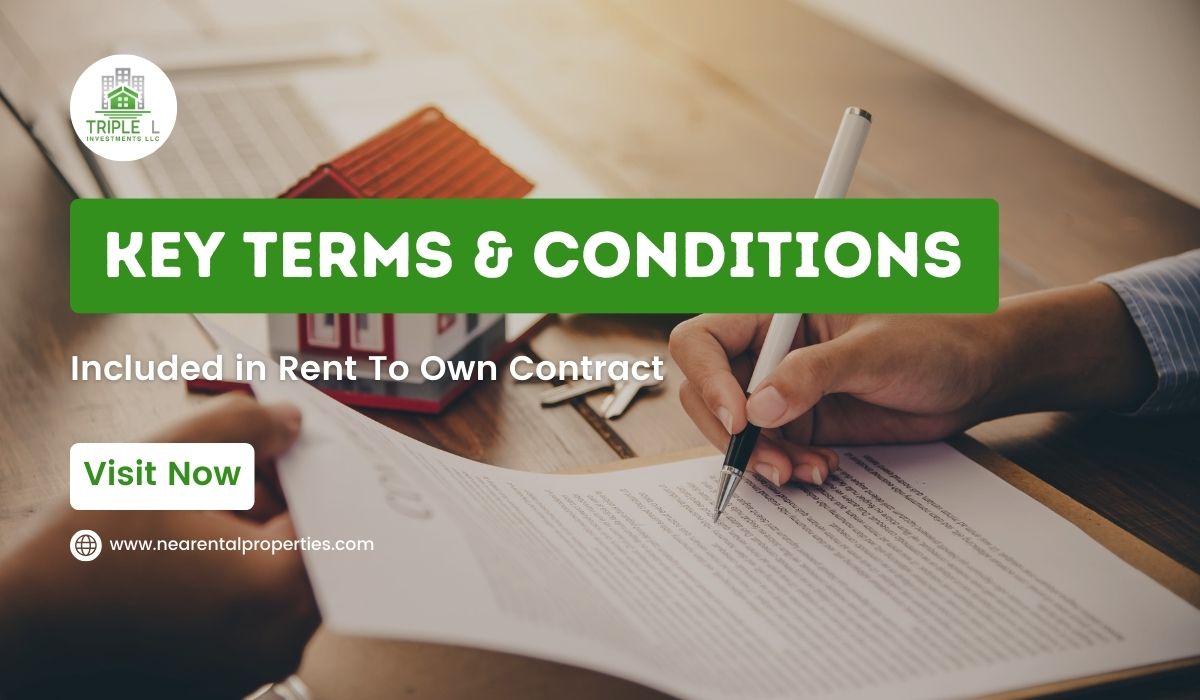One of the biggest decisions when selling a home is whether to perform DIY repairs or sell it “as is.” Homeowners must assess the pros and cons of each technique when selling their home.
We examine the main elements affecting DIY Repairs vs. Selling As Is: Making Informed Decisions. We analyze financial factors, time restrictions, market trends, and emotional investments to help homeowners make informed decisions.
Understanding the mechanics of DIY repairs and selling is essential to make informed and smart decisions that meet your goals, whether handy or desire a streamlined selling procedure.
DIY Repairs vs Selling As Is: Make Informed Decisions
The DIY Dilemma) How to Assess Repair Needs?
The DIY Dilemma centers on analyzing the need for repairs before starting a DIY home improvement project. Homeowners considering DIY repairs must assess the magnitude and urgency. This comprises a thorough property inspection to discover any flaws affecting its marketability.
Whether the homeowner has the knowledge and resources to handle these difficulties alone is crucial. It is important to balance hands-on involvement with expert guidance. This initial assessment helps homeowners choose the most cost-effective way to improve their homes.
DIY Budgeting Vs. As-Is Pricing:
Financial factors determine whether to do DIY repairs or sell a home as is. DIY budgeting requires weighing the expense of repairs and improvements against the property’s market worth growth.
This research determines if DIY’s financial investment matches its ROI. However, selling as is becomes appealing when repairs outweigh property value gains. Homeowners can make a financially sound decision that fits their goals and budget by comparing DIY repairs to selling as is.
Time Constraints) DIY vs. Efficiency:
Timing is essential when selecting between DIY repairs and selling a property “as is.” DIY repairs take time to plan, execute, and manage. DIY can add charm to a home but may slow the selling process.
The “as is” option is more efficient for time-sensitive vendors. This strategy recognizes that migration or financial emergencies may need a quick sale. Selling a home “as is” is a practical option for people who want to close a real estate deal faster.
The DIY Appeal of Buyer Preferences:
Choosing between DIY repairs and selling a home as is requires market research and buyer preferences. Diverse buyer preferences influence property appeal in today’s real estate market.
While some purchasers prefer move-in-ready houses with minimal work, others prefer modification and personalization. Sellers can meet buyer needs by researching market trends.
DIY repairs may be the best way to improve their appeal if the trend is toward move-in-ready homes. If there is a market for customizable residences, selling the home without major changes may appeal to some buyer segments. Understanding buyer preferences helps you make market-driven decisions, enhancing your chances of a successful and profitable home sale.
DIY enhancements vs. As-Is:
When choosing between DIY improvements and buying a home “as is,” home condition is crucial. DIY repairs can improve your home’s appearance by fixing small concerns. However, realistically assessing the magnitude of needed changes is vital. Sell the property “as is” if the repairs are substantial and involve severe structural or systemic flaws.
It is important to inform potential buyers about the condition of the property. Making an informed property condition decision requires balancing the desire for changes with the realities of the circumstance.
Know Your Limits) DIY Skill Set:
Honesty regarding DIY skills is key in house repairs. Some projects require professional assistance, regardless of confidence and tools. Understanding one’s limitations is essential to making informed home renovation decisions.
Repairing beyond one’s skill level might be costly and worsen existing concerns. Knowing these limitations, homeowners may better decide whether to DIY a repair or hire specialists. This self-awareness guarantees that the chosen action matches the task’s difficulty and the homeowner’s ability.
Presenting As Is vs. DIY Aesthetics:
Staging attracts buyers to homes for sale. DIY aesthetics or as-is presentation depends on how much visual appeal and property value matter. DIY staging lets homeowners use their creativity and resources to beautify their property.
Decluttering, relocating furniture, and modest cosmetic modifications may be needed. However, selling as is emphasizes the property’s primary attributes and condition over cosmetic improvements. DIY aesthetics might create a good first impression, but the as-is approach seeks purchasers who respect authenticity and can see the property’s potential. Understanding target market preferences and connecting staging decisions with house-selling goals is key to balancing these two tactics.
Negotiating DIY Features vs. As Is Transparency:
The decision between DIY features and “as is” is crucial in buyer discussions. DIY upgrades allow homeowners to justify a higher price by demonstrating their added value. Negotiations may revolve around the perceived worth of these enhancements. But selling a home “as is” emphasizes transparency.
Open communication about the property’s condition is key to successful negotiations. Sellers must disclose difficulties to facilitate fair and transparent pricing adjustments. Successful buyer discussions must balance DIY features’ added value with home condition disclosure.
Real Estate Advice vs. DIY Guidance:
Consulting professionals is essential when making home improvement or selling decisions. Expert advice is vital when doing DIY projects or selling your home as is. Contractors can help DIYers assess the extent of their modifications, feasibility, and cost.
However, real estate professionals are essential when selling as is. Real estate professionals can help you understand market trends, set a fair asking price, and promote your property to purchasers. In both cases, competent advice helps you make informed decisions that fit your situation, resulting in success.
Conclusion:
The decision between DIY repairs and selling a home “as is” is important in real estate. Each technique has financial and emotional ramifications that require a comprehensive assessment of goals and circumstances.
A well-informed decision based on personal goals is vital, regardless of whether one likes hands-on property modifications. By fulfilling their practical needs, homeowners can successfully navigate the real estate market and sell their houses.
Frequently Asked Questions
A property’s market value will depend on the extent of the repairs needed, your budget, and the potential impact of the repairs.
Yes, presenting the property without major repairs is what is meant by selling as is.
The right DIY repairs can increase your home’s value, justifying a higher asking price.
Your decision between DIY or selling as-is depends on whether some buyers prefer move-in-ready properties while others value properties they can customize.
Sometimes, selling as is may be a better option than DIY repairs, especially if time is of the essence.
Yes, transparency is essential; disclose any DIY repairs to ensure a smooth and ethical transaction.
Yes, but only overinvest in enhancements aligned with the current approach.
In light of the cost and effort saved on repairs, selling as is can be financially viable, even if the price is not at its peak.
Yes, understand the emotional aspect; decide whether DIY improvements align with your overall goal of selling your home.












